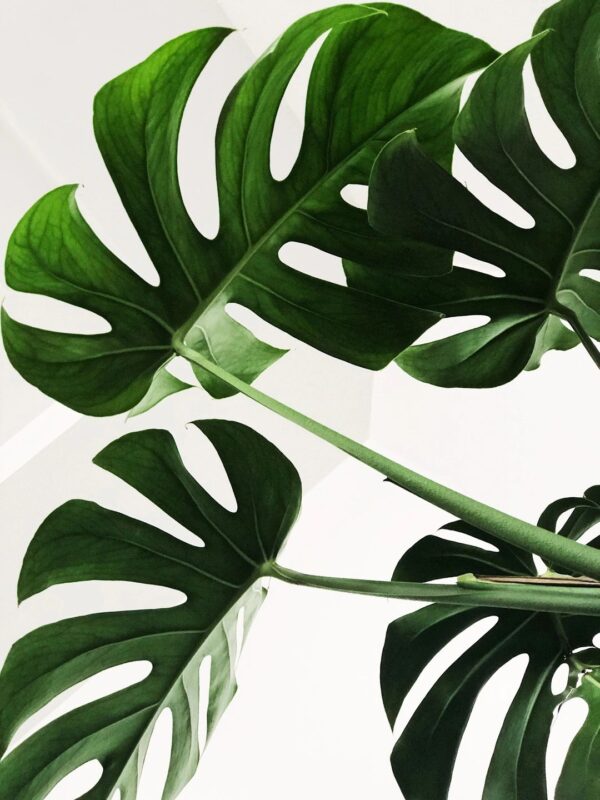If you want to extend your growing season or grow flowers, vegetables, herbs, and tropical plants year-round, a greenhouse is the way to go.

Setting up a greenhouse is a fun DIY backyard project; and it’s the best way to provide a climate-controlled environment for your plants to thrive in all year long. Another reason you may want to build a greenhouse is to get a head start on the growing season – you can sow vegetables like peppers and tomatoes while it’s still cold out and plant them out into the garden when the weather starts to warm up.
Whatever your reason for wanting a greenhouse, the good news is they are fairly easy to set up.
Getting Started: Considerations
The first step when building or buying a greenhouse is figuring out how much space you’ll need. When determining the size of your greenhouse, you should think of it as a long-term investment. The greenhouse you choose should be big enough to accommodate your needs in the future.
When picking a spot for your greenhouse, consider how easy it will to be hook up to a garden drip irrigation system and electricity outlet in case you need to install grow lights or heating later. If you want a greenhouse to grow vegetables or other high-light plants in, you should also pick a space with plenty of natural sunlight.
Greenhouse Structure
When it comes to your greenhouse’s style, you have two options: you can build a freestanding structure or a lean-to. Lean-to or attached greenhouses are attached to an existing structure (like your home or garage) and already have at least one weight-bearing wall. Freestanding greenhouses, although usually more expensive, can be placed anywhere and can be positioned to receive more natural light.
Maximizing Light Exposure
When selecting a site for your greenhouse, choose a level area that gets at least 6 hours of direct sunlight per day in winter. It’s also a good idea to orient your greenhouse east to west – this will ensure that the broadest side gets the most sun exposure. If your property doesn’t get enough natural light, consider adding artificial light in the form of specialized grow lights.
When scouting for a spot for your greenhouse, you should avoid areas that are shaded by coniferous trees. While deciduous trees will lose their leaves in the fall and allow sunlight to penetrate your greenhouse, coniferous trees will cast a shadow in the cold winter months.
Drainage
Although a greenhouse can be erected on almost any surface, you should make sure it has adequate drainage. You can create an ideal surface by laying landscape cloth over the ground and covering it with a layer of gravel. The gravel won’t allow weeds to grow through, but it will provide drainage.
A Controlled Environment
Greenhouses are ideal for growing plants, flowers, or tropical plants because they provide a highly controllable environment that you can adjust for optimal growth.
Accessories
Besides heating and ventilation systems, there are many accessories you can put inside your greenhouse depending on your budget. You can install wall-to-wall shelves, a potting bench, a living wall, a misting system, a tool rack, etc. When shopping for greenhouse accessories, consider your budget and prioritize your needs.
Insulation
If the winters get cold where you live, you might need to insulate your greenhouse to keep it warm. Although it will get enough sun during the day, the heat can escape from an uninsulated greenhouse when it gets cooler at night. If your greenhouse is getting too cold at night, you may also want to consider installing a heating system.
Heating
220-volt circuit heaters and small oil or gas heaters work well in greenhouses, but running them can be expensive. When it comes to energy consumption, solar heaters that don’t need to be connected to the energy grid are the cheapest option in the long run.
Other ways to heat a greenhouse are soil heating cables and hanging radiant heat lamps – just be sure your greenhouse is well-ventilated and your heat source has an automatic shut-off feature.
Shade
If you live in a hot climate, you’ll want to provide your plants with shade so they don’t get burned during the hot summer months. Roll-up screens, vinyl greenhouse shading, and polypropylene shade cloth are effective when it comes to shading plants.
Ventilation
Ventilation is crucial for any greenhouse. Because they provide an enclosed environment, greenhouses can easily get too hot or humid.
By monitoring the temperature inside your greenhouse and adjusting the vents (hand-crank vents or automatic) for air circulation, you can avoid mold growth and soaring temperatures. Installing a fan will keep the air in the greenhouse circulating, lower the humidity, and discourage mold and disease.


